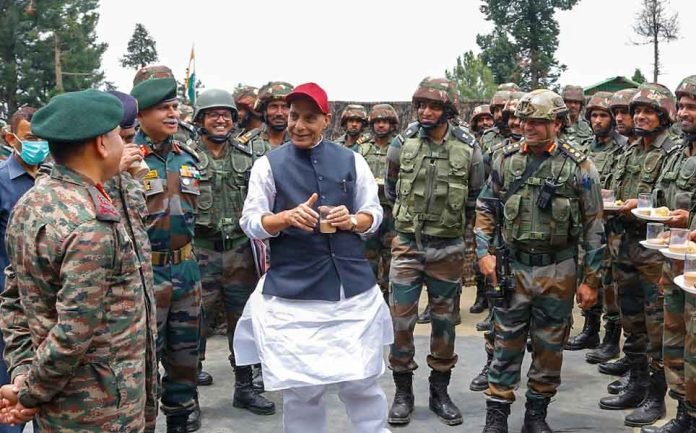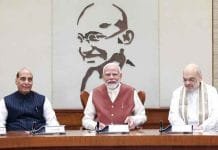India’s New Defence Playbook
India’s defence sector is undergoing a historic transformation. From being one of the world’s largest importers of arms to becoming a manufacturing powerhouse, India’s journey under the Atmanirbhar Bharat (Self-Reliant India) mission is rewriting global defence equations.
Defence Minister Rajnath Singh recently celebrated the success of homegrown military systems, revealing that India’s defence manufacturing output has jumped from ₹46,000 crore in 2014 to ₹1.51 lakh crore in 2025 — an impressive 230% surge.
“India no longer depends on others for its security needs. Our soldiers now carry weapons built by our own hands,” Rajnath Singh declared, calling this growth a “matter of national pride and global confidence.”
⚙️ From Importer to Innovator: India’s Defence Transformation
A decade ago, India imported almost 70% of its defence equipment. Today, indigenous systems—from Akash missiles and Tejas fighter jets to Arjun tanks—dominate procurement lists.
The government’s emphasis on indigenization through policies like Defence Acquisition Procedure (DAP) and the Innovation for Defence Excellence (iDEX) initiative has driven massive R&D collaboration between public and private sectors.
Notably, private sector participation has jumped from 25% in 2018 to over 40% in 2025, with Rajnath Singh setting a goal to reach 50% by 2028.
📈 The Export Boom: From ₹1,000 Crore to ₹24,000 Crore
India’s defence exports—once negligible—are now a global headline.
Defence exports in FY25: ₹24,000 crore
Export partners: Philippines, Vietnam, Armenia, Mauritius, and African nations
Top exported systems: BrahMos missiles, Dornier aircraft, bulletproof gear, and radar systems
“When countries buy Indian weapons, they buy India’s credibility,” Singh noted, emphasizing that export orders also strengthen strategic alliances.
India now ranks among the Top 25 defence exporters globally, with the Defence Research and Development Organisation (DRDO) leading in cutting-edge systems.
🛠️ Boost to Indian Industry and Jobs
The ripple effects go beyond geopolitics. Defence production has catalyzed thousands of MSMEs (Micro, Small, and Medium Enterprises) and startups.
The sector’s growth has generated over 200,000 direct jobs and 500,000 indirect jobs—spanning manufacturing, electronics, and logistics. The government’s “Defence Industrial Corridors” in Uttar Pradesh and Tamil Nadu are becoming high-tech hubs for precision engineering and AI-driven weapon systems.
💬 Operation Sindoor & The Future of Self-Reliance
During “Operation Sindoor” exercises, Rajnath Singh praised the performance of indigenous weapons. He stated that India’s locally produced systems “proved their reliability in combat simulations,” reinforcing trust in Indian technology.
India is now targeting:
₹2 lakh crore defence production by FY27
₹50,000 crore annual export milestone
Major R&D partnerships with Israel, France, and Japan for hybrid technology transfer
🌏 Global Impact: India as a Defence Export Hub
India’s rise as a credible defence exporter is altering global supply dynamics. Western defence giants are setting up joint ventures to meet local procurement norms, while South Asian countries view India as a reliable partner.
Experts predict that by 2030, India could account for 3–4% of global arms exports — positioning itself as a key player alongside the U.S., Russia, and France.
🔍 Highlights
Defence manufacturing up 230% since 2014
Exports hit record ₹24,000 crore in FY25
India aims for ₹2 lakh crore production by FY27
Private sector share rising to 50% by 2028
Thousands of jobs created under Atmanirbhar Bharat
🧠 Conclusion: From Dependency to Dominance
India’s defence journey is no longer about catching up—it’s about leading. Rajnath Singh’s push for an “Atmanirbhar Defence” reflects a confident, self-reliant India ready to define its security and strategic identity.
With domestic industries thriving and exports booming, India’s new war cry echoes not from foreign imports—but from its own foundries.












